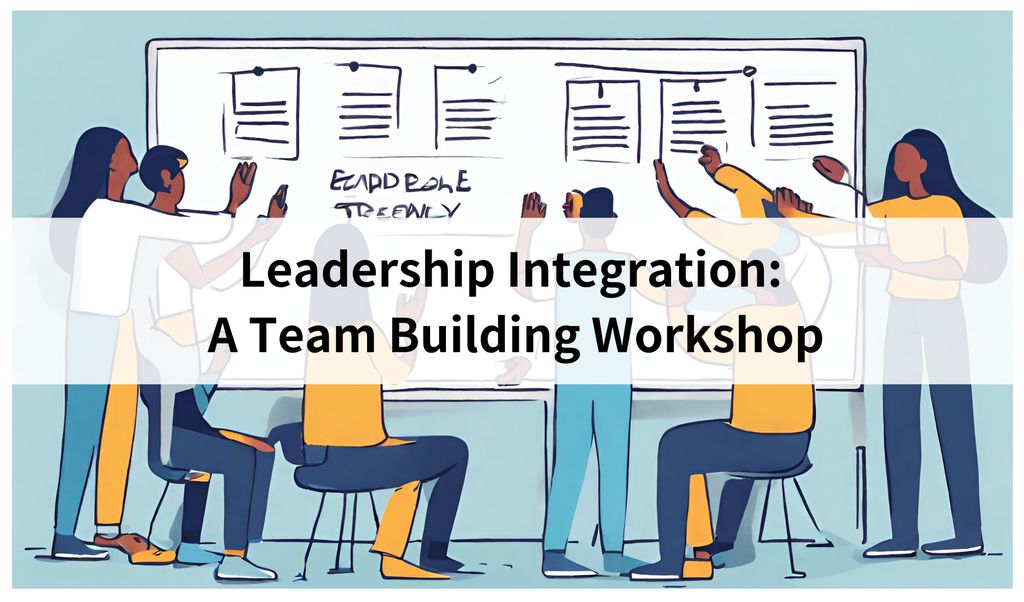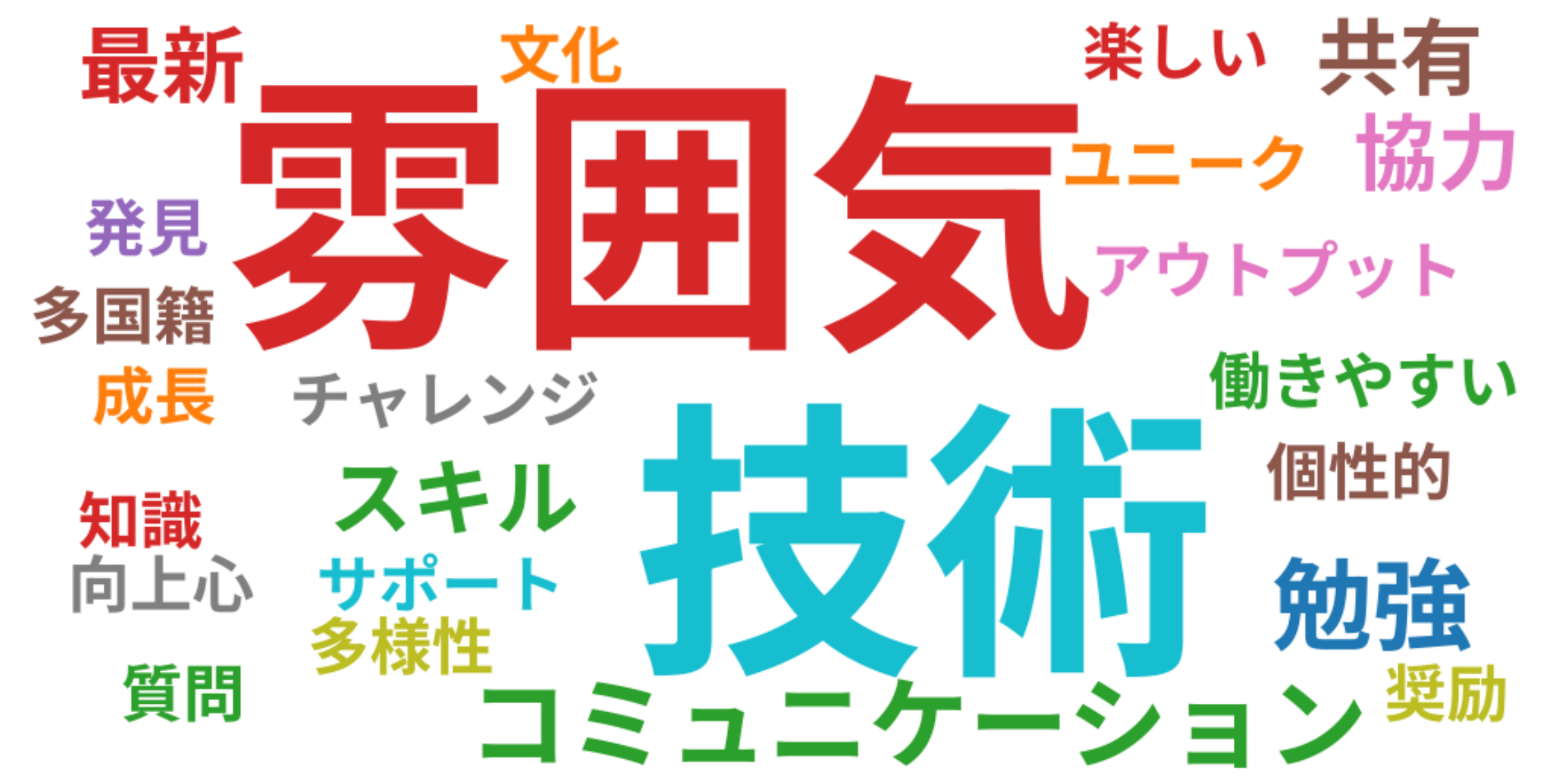180度フィードバックとってもおすすめです!

はじめに
こんにちは。
KINTOテクノロジーズ モバイルアプリ開発グループの中口です。
KINTOかんたん申し込みアプリのiOSチームでチームリーダーをしており、チームビルディングの一環として180度フィードバックを実施しましたのでその内容を共有します。
こちらのチーム振り返り会の記事も同じチームで行った取り組みですので、ご興味あればご覧ください。
実施背景
先日、社内の有志メンバーで「GitLabに学ぶ 世界最先端のリモート組織のつくりかた ドキュメントの活用でオフィスなしでも最大の成果を出すグローバル企業のしくみ」の輪読会を行いました。
この輪読会についてはこちらの記事で詳しくご紹介されています。
この輪読会は私にとって非常に刺激的で、ここでの学びを何かチームに持ち帰りたいと考えました。
その中でまず初めに興味を持ったものが360度フィードバックでした。
360度フィードバックとは、1人の従業員に対して同僚や上司、部下など複数人の視点からフィードバックをもらう評価手法です。
一般的にフィードバックと聞くと、上司が部下へフィードバックを行うことが多いかと思います。一方で私はメンバー同士、あるいは部下から上司へフィードバックを行うことも重要ではないかと常々考えていたため、この360度フィードバックを実施してみようと思いました。
ただし、輪読会の中で360度フィードバックは調査対象が広すぎたり、業務と直接関係のない人からの評価を受けたりなどデメリットもあるというお話があったので、調査対象を自チームのみに限定した180度フィードバックという手法を教えてもらい、そちらを行うことにしました。
狙い
私はこの180度フィードバックを通じて、以下のような狙いがありました。
- チームが求める役割と、自身が認識している役割のギャップを知る
- 自身の強み、弱みを再認識し今後の成長に活かす
- チームメンバーが普段どんなことを思っているのか、本音を知る機会を作る
- アンケートに回答する過程で、メンバーのことを改めて考えることによりチームの一体感を高める
この180度フィードバックは、関係の質を向上させるために、メンバー同士がお互いのことを理解し合う非常に良い機会になるのではないかと考えました。
実施方法
- 対象メンバー
- チームリーダー:1名
- エンジニア:6名
- 調査方法
- Microsoft Formsを使用し、匿名アンケートを実施
- 下記設問について自身を除く6名分を回答
- 定量評価(5段階評価)
- 積極的な姿勢に関する質問
- 相手を受け入れる姿勢に関する質問
- 意思決定における姿勢に関する質問
- やりきる姿勢に関する質問
- 未知からの習得に関する質問
- 自主性に関する質問
- 定性評価(フリーテキストによる評価)
- 強みに関する質問
- 改善ポイントに関する質問
- 対象者へ感謝の言葉を送る
- 定量評価(5段階評価)
進める上で工夫したこと
- メンバーに前向きに取り組んでもらうため、事前に1on1の中で実施する背景や目的を共有する。
- 完全に匿名であることを認識してもらうため、事前にテストアンケートを実施して、その結果を共有する。
- アンケート回答時間が無い、などの理由でアンケートの回収率が下がることを避けるため、あらかじめアンケート回答のための時間を用意する。
- フィードバックをする以上、厳しい言葉やネガティブに感じる言葉をコメントする可能性があります。少しでも前向きな気持ちでアンケートを終了してもらいたいので、アンケートの最後に日頃の感謝を伝える項目を用意する。(また、フィードバック結果を見る際も、感謝のコメントが綴られていることで前向きにフィードバックを受け取ってもらいやすくなる)
- チームリーダーとしてオープンな姿勢を示したかったので、私のフィードバック結果はチームメンバーに開示し、今後の改善ポイントなどを共有する。(ただしメンバーへは自身のフィードバック結果の開示を強要しない)
私のフィードバック結果の要約
私のフィードバック結果を、要約してみたので下記に記載いたします。
強み
- コミュニケーション力が高く、気さくに話せる。例えば、ミーティングでは積極的に発言し、分かりやすく説明するよう心がけている。
- 積極的に学び、他のメンバーと情報を共有。新しい技術動向を常に把握し、Slackやミーティングなどで共有している。
- チームワーク向上のため努力。定期的にチームイベントを企画し、メンバー同士の親睦を深めている。
- 情報収集力やスピード感のある対応力。問題発生時には迅速に対応し、関係者に正確な情報を伝えている。
- 思いやりが強く、頼りになる。メンバーの悩みに耳を傾け、適切なアドバイスをしている。
改善点
- プロダクトに対する仕様理解。機能の仕様を十分に理解せずに開発を進めてしまうことがある。
- タスクチケットの整理をもう少し頻度を上げて行う。チケットの優先順位付けが不十分なため、重要なタスクが後回しになることがある。
- 施策を行う際に背景や目的をしっかりと説明する。施策の意図が伝わっていないため、メンバーの理解が不足することがある。
- リスクをとった行動が少ない。新しい取り組みに対して慎重になりすぎ、チャンスを逃すことがある。
強みの部分では、日頃意識して取り組んでいる部分が評価されていると思ったので非常に嬉しかったです。
一方で改善点に関しては、自分自身が自覚していることだけでなく、自覚できていなかった部分についても気づくことができ、今後の成長に活かすことができると感じました。
また最後にメンバーからの感謝の言葉もいただき、とてもモチベーションが上がりました。
今後もより一層チームに貢献できるよう努めていきたいと思います。
180度フィードバックを通して気付いたチームの強みと改善点
チーム全体についても要約してみました。
チーム全体の強み
- 多様な技術力とリーダーシップ: メンバー各自が高い技術力とリーダーシップを持ち合わせている。
- コミュニケーション能力: チーム内のコミュニケーションが活発で、情報共有が効果的に行われている。
- 問題解決能力: 技術的な課題や難易度の高いタスクに対する積極的な取り組み。
- 学習意欲: 新しい知識や技術への取り組みが積極的で、常に成長を続けている。
チーム全体の改善点
- 情報共有の効率化: 新しい技術やプロジェクトの情報をより効率的に共有する方法の改善。
- 役割分担の明確化: メンバーの能力を最大限に活用するための役割分担と責任のさらなる明確化。
- 大局的視点の養成: プロジェクト全体の視点を持ち、タスクの目的と過程をチーム全体で共有することを重視。
- 技術共有とナレッジマネジメント: 技術やナレッジのチーム内横展開を促進し、全メンバーのスキルアップを図る。
また、各チームメンバーの強みや役割を下記図のようにまとめてみました。

実施後アンケート
180度フィードバックを実施した後に、調査を行ってみてどうだったかアンケートを実施しました。
(回答数は7名です)
- 期待値の変化
- 実施前:7.29→実施後:9.19
- NPS (NPSとは?)
- 57
- 定期的(半年毎など)に180度調査を実施したいと思いますか?
- 86%が「Yes」と回答
- 「”参加した後”の満足度について、その理由を教えてください(フリーテキスト)」のAI要約
アンケートの結果から、回答者は自己認識を深め、自分の課題を見つけることができたと感じています。
また、他者の視点からのフィードバックを通じて、普段気づかない観点を得ることができ、
具体的な評価や改善点を知ることで、今後の行動指針が明確になったと述べています。
これらの結果は、アンケートが有効な自己反省のツールであることを示しています。
まとめ
今回実施した180度フィードバックに関して、運営面での下記のような課題がありました。
- 回答全体の平均点が高く、差がつきにくかった。
- メンバーの入れ替えのタイミングと重なってしまい、一部のメンバーに適切なフィードバックとならなかった。
ただ、全体的には私も含めてメンバーの満足度の高いフィードバックができたと感じています。
アンケート結果からもわかる通り、メンバーの定期的な実施意向も高いため今後も引き続き取り組んでいきたいと思います。
今回のフィードバック結果を受け、私自身やチーム全体としての課題を再認識できましたので、今後の成長に活かしていきたいと思います。
また、メンバーも同様にそれぞれの課題を見つけて成長の機会としていただければとても嬉しいです。
関連記事 | Related Posts
We are hiring!
【フロントエンドエンジニア(リードクラス)】FACTORY EC開発G/東京・大阪
TOYOTA UPGRADE FACTORY / LEXUS UPGRADE FACTORYについて自動車のソフトウェア、ハードウェア両面でのアップグレードを行う新サービスです。
【フロントエンドエンジニア(リードクラス)】KINTO中古車開発G/東京
KINTO開発部KINTO中古車開発グループについて◉KINTO開発部 :58名 - KINTOバックエンドG:17名 - KINTO開発推進G:8名 - KINTOフロントエンドG:19名 - KINTOプロダクトマネジメントG:5名 - KINTO中古車開発G:19名★ ←こちらの配属になります。





